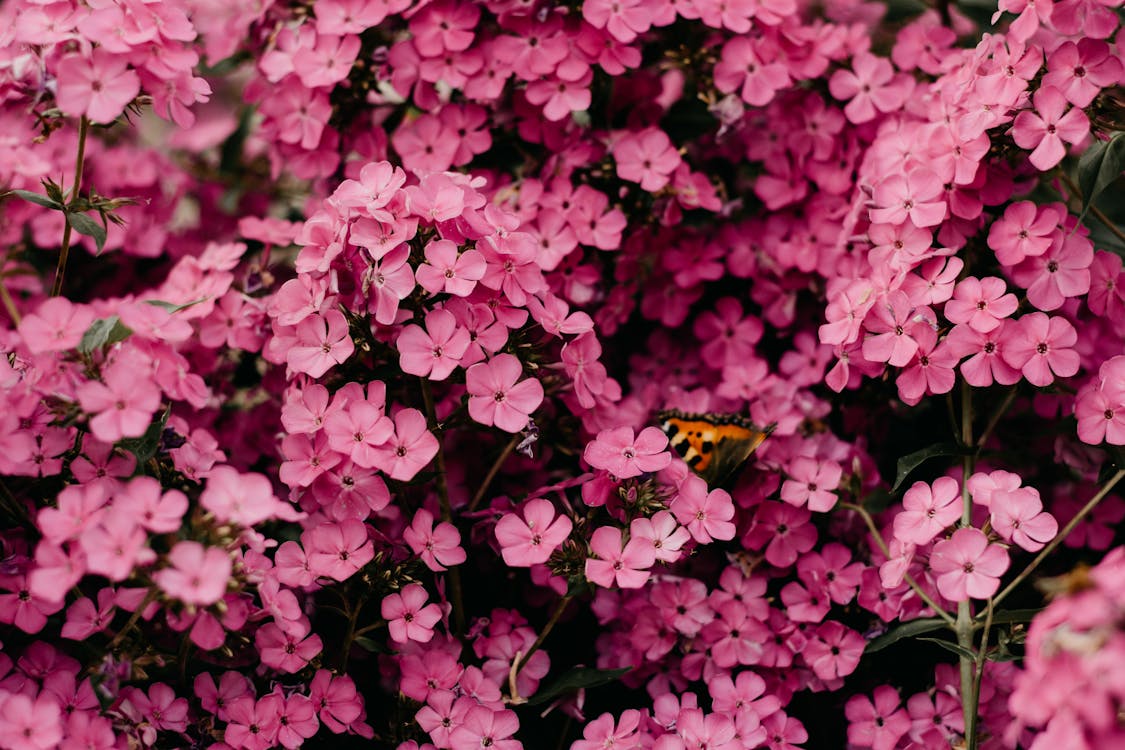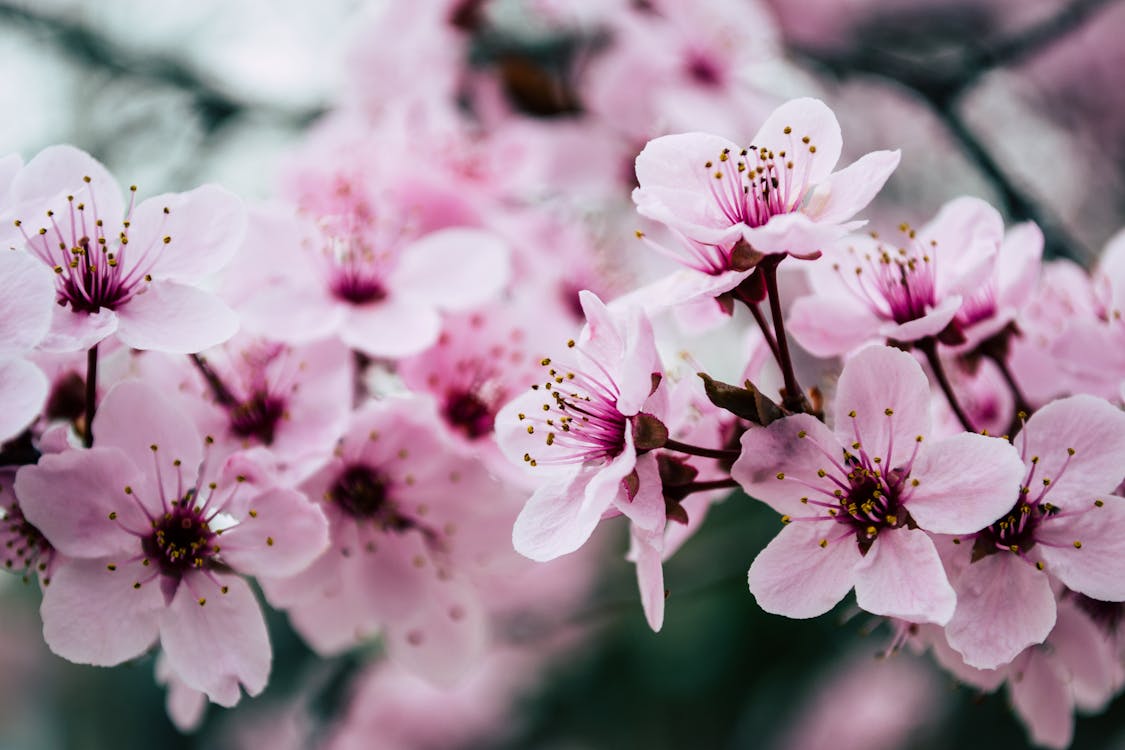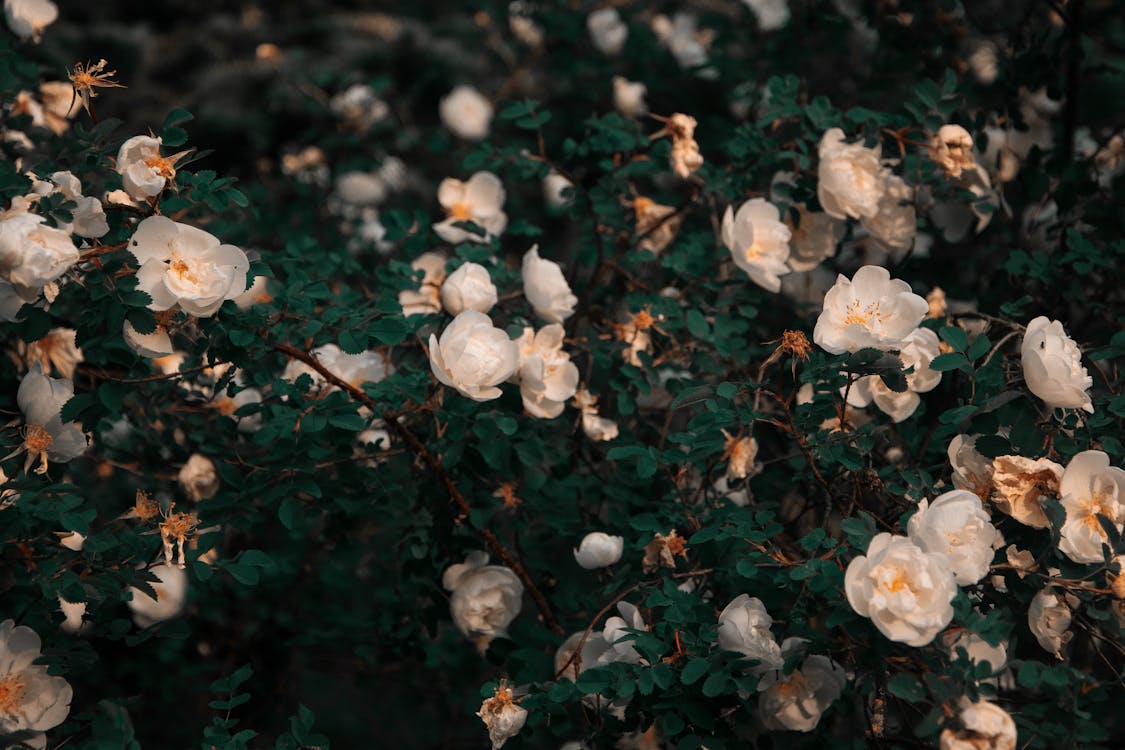Know how plants interact with the elements, moisture availability, and other factors in your home? It’s not enough to just have them be there — you need to understand how they affect your property and its surroundings. Therefore, it’s important to understand how to use flowers in garden design and landscape construction so that they can produce the most effective results. Wrinkled leaves of a big-hitting red or white rose are a manifestation of airiness, not constraint or hardness; a piece of granite against a wall is ample surface for every conceivable garden arrangement; and a burst of sunshine on a hard stone wall is simply a result of its natural properties. This means that plants should be able to take whatever attention they get – anywhere you put them they’ll adjust to the light and produce their best effects. The key is to remember this principle when considering your garden design, landscape construction, and materials: Nothing is more frustrating than spending an entire day creating an exact replica of something existing in your own home. Instead, you want to find which aspects work best within your home – whether it be adding new woodwork, updating an outdated wall color scheme, or revamping an aging patio fence – so that you can see exactly what’s working for you.
What is a Plant’s Role in a Garden?

By now, you’ve probably heard that flowers are nature’s prosecutors, heralding spring and Summer and blocking winter’s cold, rainy, and even Desert days. But are they also the ones who bring in the elements to the table? And if not, why not? In fact, the elements have something to do with it – air, water, earth, and light. The air we breathe is made up of oxygen and nitrogen – which are found in the air we breath – and carbon, which is what gives plants their flavor.The water we drink is also made from these elements – unless we drink freshwater lakes and oceans instead. While the elements play a major role in the growth of plants and flowers, there are also other factors that may be playing a part. The most common being moisture availability, which can affect the type of flowers you can grow and where. If your garden is experiencing excessive moisture, you may have to alter your gardening technique to save energy and money in the long run – this could mean grow a smaller garden or planting more rarely. Similarly, if the weather is cold or rainy, you might want to consider moving your flowers to a warmer location. If there’s nothing else to indicate your home is getting started in the spring, here are a few signs to look for: * Your hosta and other ornamental flowers are not fading instantly, but rather taking on a deeper bloom. * Your garden is well-watered, with plenty of room for most plants to grow. * The soil is well-drained, with good retention of water.
How to use flowers in garden design and landscape construction
Choosing the right flowers for your particular garden design and landscape scheme is the most important decision you’ll make when it comes to using flowers in your home. The key here is finding a bunch of flowers that will start their cycle in the right place and in the right time. However, before you can start sowing, you need to have a plan for managing your flowers. When it comes to this, it’s important to understand how flowers grow in your home. The leaves they produce are actually the seeds, which are then dispersed throughout the soil and eventually found their way into your garden. And so, you’ll most likely want to sift through the leaves of all your roses, cuttings, and other flowers to find the best-performing ones. What you may not have realized before is that these little creatures will actually flourish in a zone of low to moderate light – which is where most of the flowers are situated in your home.
Benefits of plants in your home: lighting, fragrance, landscaping, and more

Let’s begin with the obvious – all plants want to grow in the sunlight, whether it be to make themselves more visible, or to produce their essential oil. But what happens when the sun isn’t the most ideal or even possible thing to illuminate your home? You might be able to grow your favorite plants in the dark, but how long will it be before you see them blooming? And there’s a good reason for this – the length of time it takes for your favorite plants to blooms is directly related to the amount of light your home receives. Fortunately, there are some things you can do about this:
Using rocks as a framework to support your outdoor plants
As we’ve discussed, flowers are actually part of the natural order. They evolved to survive in the driest areas of the world – and thrive in the most humid environments. To help your order survive in the most humid environments, you can use rocks as an effective framework. A rocky outcrop can provide your flowers with a place to stand and roots can grow. Another option is to use rocks as a barrier to keep unwanted plants and animals out. A wooden stake or another heavy object can serve this purpose.
Using plastic bags as a hangtag

When you have multiple blooms to consider, it can be difficult to decide which one to plant. But that should change once you have a hangtag with your choices. A plastic bag can be used as a tag and can be used as a double- collaborated ceremony.
Using a hot water bottle as a carafe
Hot water bottles work well as caravans, umbrellas, and other portable arrangements. They’re also great for creating beautiful wall- to-wall bouquets or indeed a stunning terraceside garden. However, if you’re looking for more of a creative approach, a hot water bottle can be used as a carafe. A hot water bottle can be used as a support structure to prevent the flow of water from a flowing stream. It can also be used as a support structure to stop the flow of water from a flowing stream.

